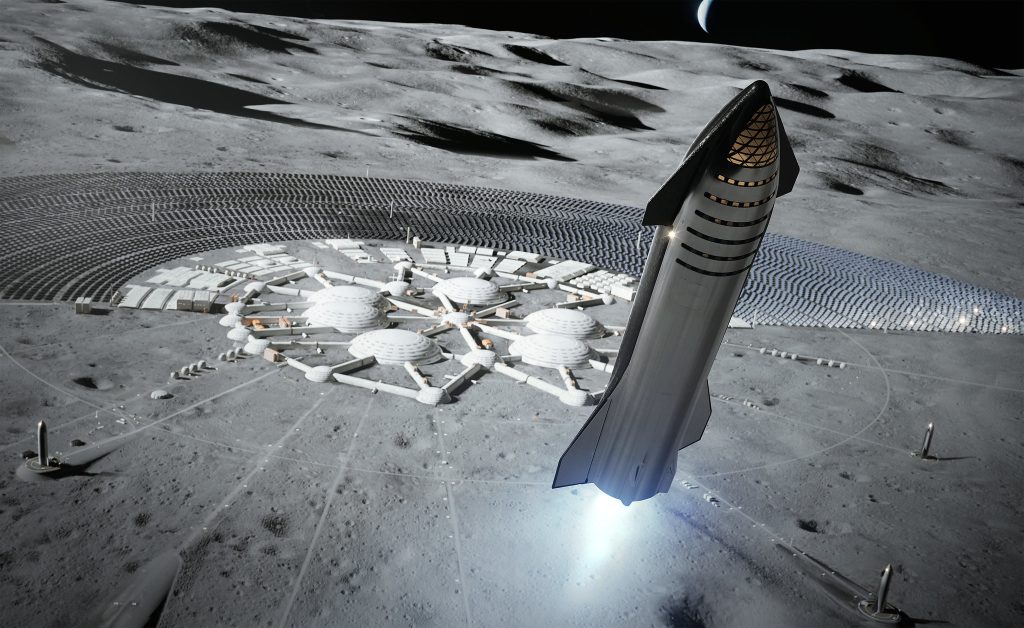
The recent test launch of SpaceX’s Starship/Superheavy rocket was not the success the company was hoping for, as it exploded over the Gulf of Mexico. However, SpaceX has gained valuable data for the next launch attempt. There is still much to be done before the Starship can become a reliable vehicle for missions to the moon, Mars and beyond.
In order to make the Starship a successful vehicle, SpaceX will need to conduct multiple test launches, ensuring that both the Starship and Superheavy stages land back at the launch facility in Texas without any incidents. Additionally, the company will have to master in-orbit refueling, which will involve sending tanker rockets to refuel the Starship for deep space missions.
NASA is depending on SpaceX to configure the Starship as a Human Landing System (HLS) by late 2025 for Project Artemis, their effort to return humans to the lunar surface. The Starship is also expected to carry a crew of artists around the moon as part of the Dear Moon private space flight, as well as the third private Polaris mission to Earth orbit.
SpaceX CEO Elon Musk has a vision of building a self-sufficient city on Mars, which requires an operational Starship system. Musk plans to send fleets of Starships across the interplanetary void with human beings and the necessary tools to build a new home on another planet.
Despite the challenges ahead, SpaceX has a proven track record of success, having mastered reusable rockets with the Falcon 9 and Falcon Heavy. The Starship will be a game changer in the world of space travel, not only able to deliver large payloads throughout the solar system but also significantly lowering the cost of sending people and things into space. Launch costs are expected to drop significantly, making many missions possible in space that were once only pipe dreams due to costs.
The development of the Starship is proof that there is hope for humanity and a better future.